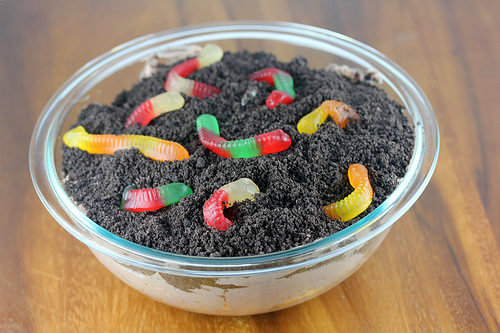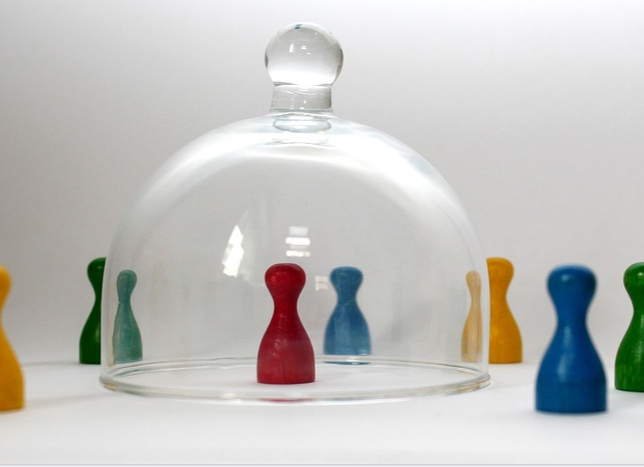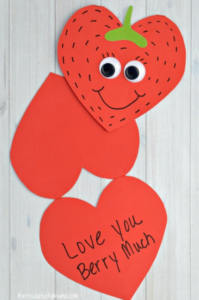
As wonderful as professional salon services are, it’s hard to justify the cost. It’s even harder to justify the risk of affecting your family’s health. Therefore, my Mom and I have starting taking self-care into our own hands during this new normal, including at home pedicures!
Now, my mom is the guru when it comes to salon style beauty, so I grabbed some tips from her. We also took some hints from her magazine collection (which also came in handy as our relaxation reading material). So if you want a fun girl’s afternoon, but are really into saving some money and keeping your family safe, try these out for size!
Materials
- One basin per person, large enough for both feet
- Nail polish remover
- Cotton pads or Q-tips
- Pumice stone
- Foot file
- Nail trimmer (scissors or clippers)
- Nail file or buffer
- Cuticle pusher or orange stick
- Cuticle cutters
- Moisturizer
- Toe Separators
- Base polish
- Nail polish
- Top coat
- Magazines/Romance Comedy Movie/Spa Music
Before getting off on the wrong foot, I know this list looks a little exhaustive – but have no fear! You can improvise or skip steps and you will still have a good time and good-looking toes! Now that we know that, let’s just jump right in!
Step 1. Prep your tools and work station. We put on a romantic comedy movie and busted out some chips and dip. If I were to do a pedicure alone, I likely would have put on spa music but to each there own! Also fill your basins with hot water. Add any desired perfumes or salts for added pampering.
Step 2. Remove old nail polish with your nail polish remover and cotton pads. Put the pad over the bottle top and invert it for a brief second to allow the pad to soak up some of the liquid. Then use the wet cotton pad to clean your nails. It’s definitely easier to remove the polish if you let the pad sit on your nail for roughly 10 seconds, letting the nail polish absorb the acetone. Then wipe all the access away. If you aren’t wearing any nail polish, it’s still a good idea to clean your nails this way as it removes dirt and grease too!
Step 3. Next, soak your feet in the basin. Every ten minutes or so, you can pull them out to scrub the dry spots with a pumice stone or other callous remover tool. Never use anything sharp or attempt to cut off dry spots as this can be potentially dangerous. Soaking your feet before scrubbing the areas will drastically help remove any dead skin, and will eventually make your feet baby smooth again, even if it takes multiple tries. Just keep soaking and scrubbing! If you find the pumice stone or other scrubbing tool is not working for you, I actually preferred using my own nails. Worked just as well!
Step 4. After soaking and scrubbing, if your skin still needs a little extra love, dry them and use a foot file. This works best if your feet are dry as the skin comes off in a powder-like form, making your skin softer.
Step 5. Clip your nails with a pair of nail scissors or clippers. Personally, I prefer ordinary finger nail clippers. I find toe nail clippers or scissors too hard to maneuver and regular nail clippers allow me to get a straight cut across the nail. I also prefer to keep my nails short to prevent them from getting caught on anything. I also wear an odd variety of shoes and having short nails allows my feet to be comfortable in any toe shape. When cutting your nails, be sure not to too far back on the corners as this can lead to ingrown toenails – super painful!
Step 6. File the new cuts with a nail file. I used a nail buffer to do this, brushing the nail in a downward motion rather than from side to side. This made the cuts very soft to the touch and not at all sharp. I also buffed the rest of the nail a smidge, which I was told would help the nail polish stick on better!
Step 7. Use a cuticle pusher to gently push your cuticles and expose the new nail growth. This was always my least favourite part of getting a professional pedicure because it was always kind of painful! Now that I’m in the driver seat, I can gently perform this task, making it a lot more pleasant and just as nice looking! Afterwards, you may notice the extra skin built up around your nails and may want to remove it. If it makes you more comfortable, you can use a pair of cuticle cutters to remove it but go slow to avoid any tears to your skin. Feel free to buff again with your nail buffer!
Step 8. After all the scrubbing, cutting, filing, and buffing, your feet may look a little caked in powder. Go ahead and remove as much excess as possible with a cloth or paper towel. You can then use your moisturizer to soften and pamper your feet! If you’re avid reader of my blogs, I’m sure it will come as no surprise to you that I used coconut oil. As well as the many health properties coconuts have, they are also known to be a great anti-aging moisturizer as well as being better for the planet than traditional lotions.
Step 9. At this stage, your feet may look and feel amazing and you may feel good enough to just walk away. I almost did until my Mom pulled out a shiny, clear nail gloss. So we busted out the toe separators! Before putting these bad boys on, I was told to give my toes and feet a little stretch to help with the awkward feeling of the separators.
Step 10. Once separated, run another acetone soaked cotton ball over the nails again to remove the oil from the previous steps. If putting on coloured nail polish, I was advised that a base coat would keep the polish from chipping. We also read that a quick buff from a nail buffer would do the trick so it’s personal preference (or availability)!
Step 11. Next apply your polish! I went with a clear shine but I find any lighter colours look great in summer, especially with your summertime tan! Use your brush and always go from the left-most toe to the right-most toe if right-handed and vice versa if left-handed. This prevents unconsciously smearing the previously painted toe! Also, if you have small nails and often flood the base with polish, an orange stick or Q-tip can help clean it up. If you don’t have either, you can always use your fingernail or paper towel. Paint your toes with two coats, letting dry between coats, to get an even colour and prevent chips.
Step 12. Before adding your top coat, clean up the skin with an acetone soaked Q-tip or paper towel. You’re then free to add that top coat and finish your rom-com as you let them dry!
Last Foot
I hope you were able to get your foot in the door with these pedicure tips! If you have a cool self-pampering tip, sweep me off my feet with it! Until next time, stay safe and sane!





















